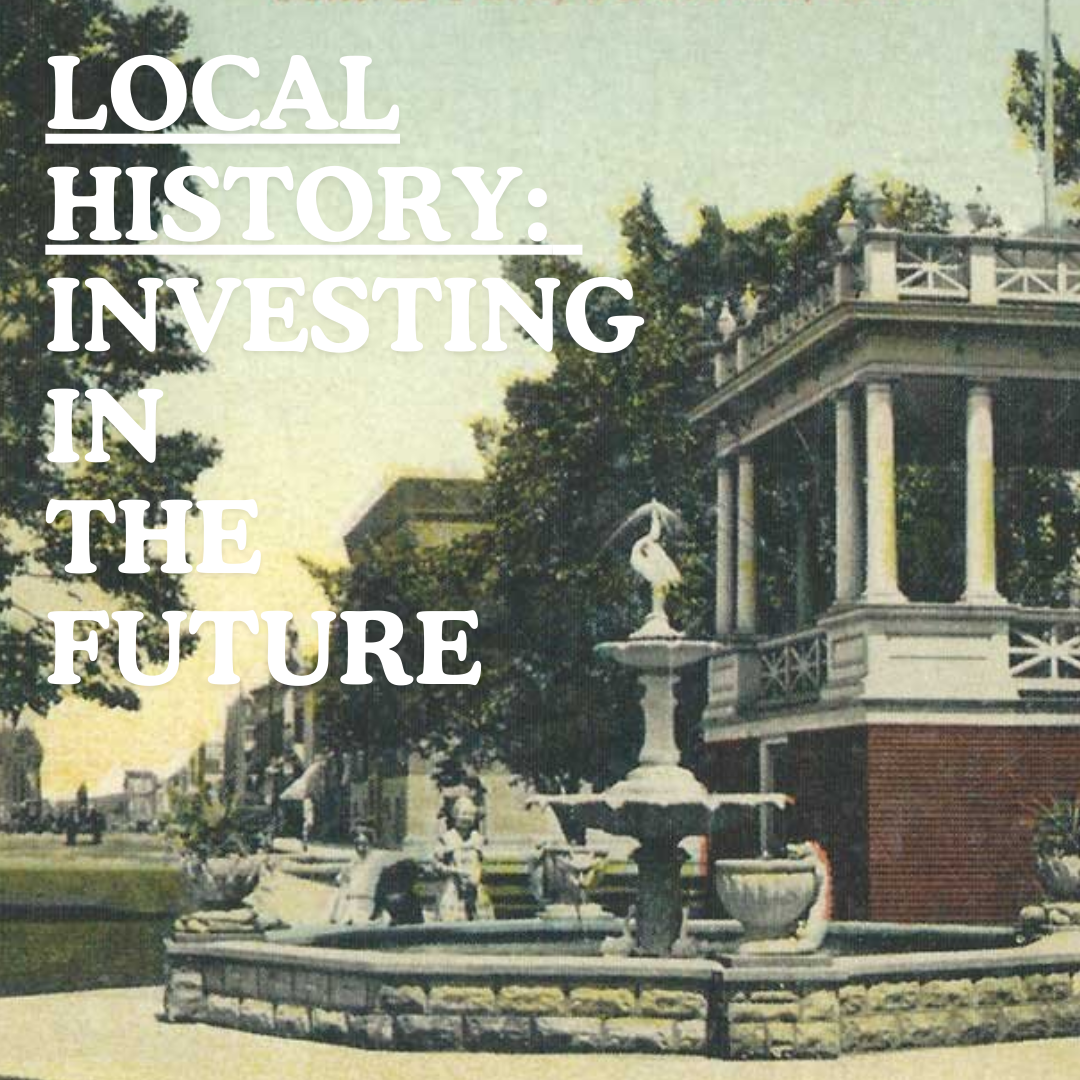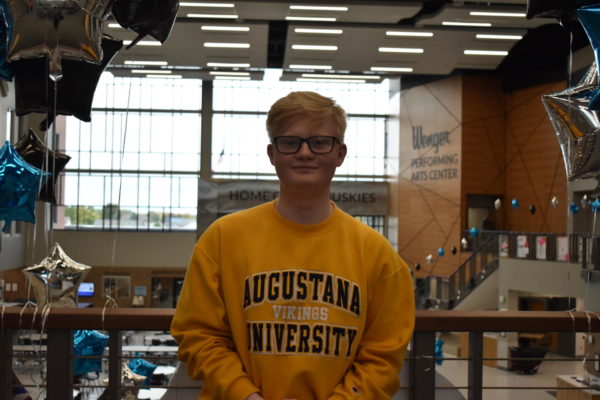In 1854, European immigrants and American migrants, such as A.B. Cornell and John Abbott, traveled from the urbanized heartland of the United States and central Minnesota to establish modern-day Owatonna, Minnesota, in the Territory of Minnesota, which was inhabited by the Dakota peoples before settlement. Before the American Civil War in 1858, Congress admitted Minnesota into the Union and recognized Owatonna as a township. However, the area was not recognized as a city of Minnesota until the end of the American Civil War in 1865. Owatonna started to become a notable community when the state government selected the local area to host the State Public School for Dependent and Neglected Children in 1885 and the founding of Federated Insurance in 1904, which unraveled the basis for local history in the community of Owatonna.
Owatonna is interconnected to the local history of the community. However, the investment and engagement in local history are diminishing in younger generations, which impacts the preservation, understanding and appreciation of local history.
THE ABANDONING OF LOCAL HISTORY
The fundamental issue is that local history is starting to become disconnected from the beliefs and horizons of younger generations. According to the American Alliance of Museums, 48 percent of post-boomers, millennials and post-millennial generations believe that local history is important to preserve and understand. Moreover, according to the American Historical Association (AHA), 20 percent of younger generations are cognizant of local history, which is a 40 percent decrease from statistics conducted by AHA from 1960 to 1995. In particular, the trend indicates that the younger generation of Americans is developing a lack of understanding and appreciation for local history.
However, the emerging trends amongst younger generations impact not only the understanding and appreciation of local history but also the preservation of local history.
Paraphrased from the Interconnections: The IMLS National Study on the Use of Libraries, Museums, and the Internet, the dramatic decrease of younger generations investing in local history has led to centers for the preservation of history, such as museums and libraries, closing across the nation. In particular, from 2015 – 2022, 300,000 museums and libraries across the nation have closed due to the unprecedented disinterest in local history from younger generations. The drastic depletion of museums and libraries amplifies the fundamental problem. The elimination of museums and libraries from younger generations alienates the only accessible resource to bridge the disconnect to local history.
WE ARE LOCAL HISTORY
The disconnect between younger generations to local history is a paramount problem, but the first step to bridging the disconnect is understanding and appreciating local history through the lens of the community.
Paraphrasing from David Kyvig, Myron Marty and Larry Cebula’s book Nearby History: Exploring the Past Around You, the first initiation into understanding local history is examining the experiences of others in the community.
The lens of the community is seen through employees of Owatonna Public Schools. In particular, Dean of Students at Owatonna High School Doug Wanous understands and appreciates the local history of Owatonna as a lifelong community member. He said, “[Local history] is embedded into the fiber of who I am because I was born and raised on a farm outside of Owatonna. I went to Lincoln Elementary and graduated from Owatonna High School. I represented the high school in various activities and was an active member of a local church. It’s the fiber of my being, and everything historically is then a part of who I am.”
Mr. Wanous provided a further analysis of the importance of local history. He said, “I think appreciating that you’re a part of a larger world than yourself. Only makes you better [to know local history], and it makes everyone else around you better to know that you are representing generations… before you and paving the way for generations to [come] is a significant human responsibility. And to go back, you first have to look around—appreciate—and then understand local history.” In synthesis, his perspective is that the local history is integral to the identity of the community—and as a reflection of the community, local history reflects ourselves; thus, community members curate the past and the present—making our lives in the community local history.
OHS Principal Mr. Kory Kath shares a similar perspective to Mr. Wanous. Mr. Kath was born and raised in Meriden, Minnesota, which is a township in Owatonna to a family entrenched in local history. He argued that local history is essential for the younger generation to understand and appreciate. Mr. Kath said, “To truly understand yourself and how you’re going to relate to the community is [by] understanding its history because a community is built on its historical perspective and [progression] into the future. In other words, if you want to see imminent change in a community and understand yourself, you have to understand the local history of the community.” In other words, the argument is that local history is the identity of the community and the younger generation, but also essential for the younger generation to possess an understanding and appreciation of to enact change.
The paradigm of Mr. Kath’s vision of local history is perceived in the building of the new OHS. He said, “Local history is important as it relates to our new high school. I and others had to present to Owatonna that our community had a history of commitment to education. And to bring the imminent change to our community by investing in our new high school, I relied on local history, but not only local history, we understood that our roles allowed us to shape local history.”
The importance of local history—as exemplified by the new OHS—is that it allows younger generations, especially in the community of Owatonna, to see the value of understanding and appreciating local history, which is to connect and shape the community.
THE FUTURE OF LOCAL HISTORY
The preservation of local history is also essential to resolving this cataclysmic problem.
Paraphrased from Andrew Pearson and Linda Plevyak’s The effects of local history on community pride and civic engagement, the study suggests that bridging the disconnect between the younger generation and local history should be through the utilization of social media. Moreover, Mr. Wanous argued for the effectiveness of social media in preserving local history. He said, “For the past decade, the largest change has been the emergence of social media and technology. I think that social media and technology are the most effective ways to meet young people. Providing young people with social media and technology that is interactive, entertaining and informative is essential.”
According to David Shumway’s article How to get young people involved in history? for Dayton Daily News, social media should be utilized by museums and libraries to draw younger generations into the mission of local history. In the context of Owatonna, Steele County Historical Society (SCHS) could amplify its presence on social media to draw younger generations into the non-profit organization with the extensive purpose of preserving history.
BE THE FUTURE OF LOCAL HISTORY
The fundamental disconnect of younger generations to local history is perceived through a lack of preservation, understanding and appreciation; the solution is seen through reengineering the social media of museums to maintain the preservation of local history and providing a new interpretation of the importance of local history to unveil an understanding and appreciation of local history to younger generations.
With the demolition of the old OHS, the demolition company found a time capsule from 1920 in the cornerstone. On Monday, April 22, 2024 at 5:00 p.m. at the Charles S. Crandell Center in West Hills, the Owatonna School Board is opening the time capsule. This provides the opportunity for local citizens and younger generations to witness and participate in the preservation, understanding and appreciation of local history.
If you want to help local history, you can volunteer or donate to SCHS or the Minnesota Historical Society (MNHS) to invest in the future of local history.


